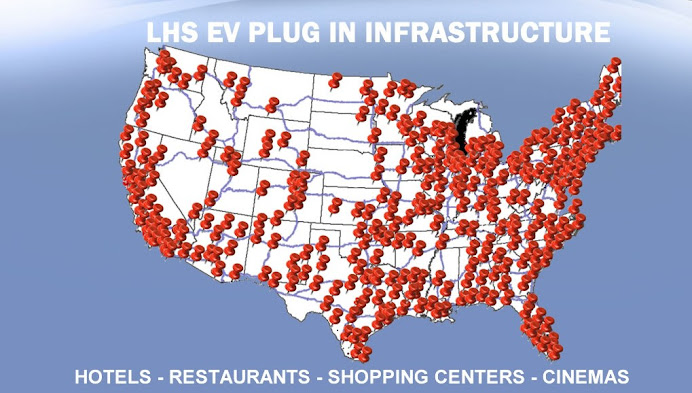 Take a look at that gas-guzzler in the driveway. Are you ready to wave goodbye in favor of something cleaner, greener and plugged in?
Take a look at that gas-guzzler in the driveway. Are you ready to wave goodbye in favor of something cleaner, greener and plugged in?At the end of 2009, there’s no turning back: We’re going to electrify the world’s auto fleet, and soon. I know, I know — besides hybrids, there aren’t a lot of green cars on your radar right now. Today, 100 percent zero-emission battery-powered cars are scarce on the ground — there's a motley assemblage of 3,000 of them registered. You can buy a Tesla Roadster if you have a spare $109,000 lying around. Wheego will sell you a Whip, which is a battery-powered “neighborhood” car that can be used locally on roads with speed limits below 35 mph. And there are a few highway-worthy cars on the international market, including the Indian-made Reva, the Chinese-made BYD E6 and the Norwegian Think City.
But despite all this, your next car (or maybe the one after that) will be electric: a hybrid, plug-in hybrid or battery car. That’s where the auto industry is going, where the world is going. By this time next year, the picture will be dramatically different, with a host of consumer choices, from the sexy Fisker Karma and the versatile Volt to the ultra-cool Coda. Gas cars won’t disappear overnight, but they will do a slow fade.
And here’s five reasons why:
- Feeling the heat. The imperatives of climate change mean we’ll have to stop burning fossil fuels, especially coal and oil. The Copenhagen talks did not produce a binding agreement, but trust me on this — one is coming. The successor to the Kyoto talks will be much tougher, and we won’t make the numbers without putting millions of zero-emission cars on the road.
- Oil peaking. We may or may not have already reached global oil peak — the point where oil demand exceeds oil supply. The worldwide recession suppressed demand and gave us something of a breather, but the numbers on oil demand (especially from China and India) in the next decade are completely unsustainable, and everybody knows it.
- The smart grid. We’re just starting to optimize our antiquated electric system, but the way forward is clear. Utilities are partnering with automakers to enable the easy charging of millions of EVs at night without adding new plants. Off-peak electricity production and transmission capacity could fuel the daily commutes of 73% of all cars, light trucks, SUVs and vans on the road today if they were plug-in hybrids, a 2007 study by Pacific Northwest National Laboratory found. What’s more, solar car charging is becoming a reality, and that means a 100% zero-emissions loop — the answer to any critic who says that EVs get all their power from dirty coal plants. Even today, with 52% of U.S. electricity generated by coal-fired power plants, Plug-in America reports that EVs reduce emissions of greenhouse gases and most other pollutants compared with conventional gas or hybrid vehicles.
- The better mousetrap. EVs, on the road starting next year, will be better than gas cars in every way. Forget the idea that they’re slow, or that you won’t be able to get where you’re going. I’ve driven every EV, and all of them were exciting on the road. Every carmaker is building one, and they know it will be a very competitive market demanding excellence in engineering. BMW tells me that the consumers test-driving its Mini E plug-in quickly got over their “range anxiety.”
- Plugging in. You’ll have a charging station at home, at work and at play. Starbucks and McDonald’s will have them, and so will the big-box store down the street. Car charging will become ubiquitous — offering you $3 and $4 electrical fill-ups. Some retailers will even offer 15-minute fast charging free to get you in the door.
Source : mnn.com, by Jim Motavalli (New York Times), December 22nd, 2009

Aucun commentaire:
Enregistrer un commentaire